Complete Solutions to Selected Straight Objective Type MCQs of chapter ALCOHOLS AND PHENOLS of Class 11 book with complete answers and questions
| Class 11 | CHEMISTRY |
| Chapter | ALCOHOLS AND PHENOLS |
| DINESH OBJECTIVE CHEMISTRY | Selected Straight Objective Type MCQs |
| Number Of Questions | 55 |
| Academic Year | 2023-24 |
Glycerol changes to acrolein in the presence of
View SolutionWhich of the following are less acidic than phenol ?
View SolutionAlcohols may act as
View SolutionThe compounds which are used for denaturation of ethyl alcohol are
View SolutionThe `-OH` group in alcohols may be replaced by Cl is we use
View SolutionGrignard reagents give alkanes with
View SolutionThe best reagents for the ring alkylation of phenol are
View SolutionPhenols can be converted into salicylic acid using
View SolutionWhich of the following will give charcteristic colour with ferric chloride.
View SolutionWhich of the following will dissolve in aqueous `Na_(2)CO_(3)` ?
View SolutionWhich of the following will give characteristic colour with `FeCl_(3)` ?
View SolutionAlkylation of phenoxide anion with allyl chloride gives
View SolutionPhenol is less acidic than
View SolutionWhen phenol is treated with `CHCl_(3)` and NaOH followed by acidification, salicyladehyde is obtained. Which of the following species are involved in the above mentioned reaction as intermediates?
View SolutionEthyl alcohol is heated with conc. `H_(2)SO_(4)`. The product formed is:
View SolutionAn industrial method of preparation of methanol is :
View SolutionThe correct decreasing order of ease of acid catalysed estrification is :
View SolutionWhen phenol is treated with excess bromine water, it gives
View SolutionHBr reacts fastest with
View SolutionWhich bond of ethyl alcohol undergoes cleavage during its reaction with sodamide?
View SolutionIn `CH_(3)CH_(2)OH` the bond that undergoes heterolytic cleavage most readily is:
View SolutionPhenol reacts with bromine in carbon disulphide at low temperature to give :
View SolutionThe compound which gives the most stable carbonium ion on dehydration is :
View SolutionIn the reaction of phenol with `CHCl_(3)` and aqueous `NaOH` at `70^(@)C` (343K), the electrophile attacking the ring is :
View SolutionWhich one/ones of the following reactions will yield 2-propanol ? Choose the right asnwer from (A), (B), (C) and (D)
I. `CH_(2) = CH-CH_(3)+H_(2)O overset(H^(+))rarr`
II. `CH_(3)-CHO underset((ii) H_(2)O)overset((i) CH_(3)MgI)rarr`
III. `CH_(2)O underset((ii) H_(2)O)overset((i) C_(2)H_(5)MgI)rarr`
IV. `CH_(3)=CH-CH_(3) overset("Neutral" KMnO_(4))rarr`
View SolutionIn the following compounds,
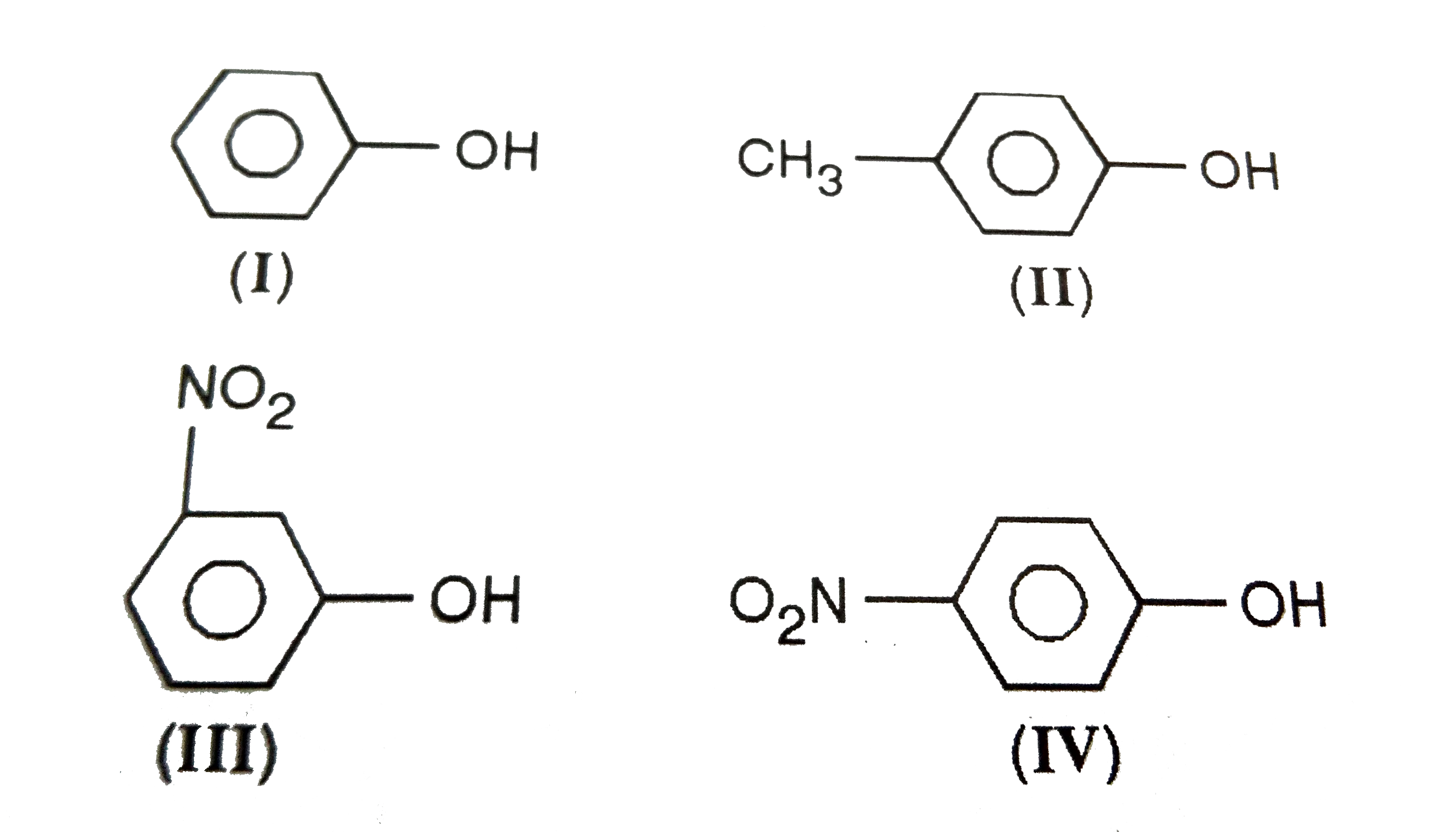
The order of acidity is :
View SolutionHow many optically stereoisomers are possible for butene-2,3-diol ?
View SolutionThe order of reactivity of the followin alcohols towards conc. `HCl` is
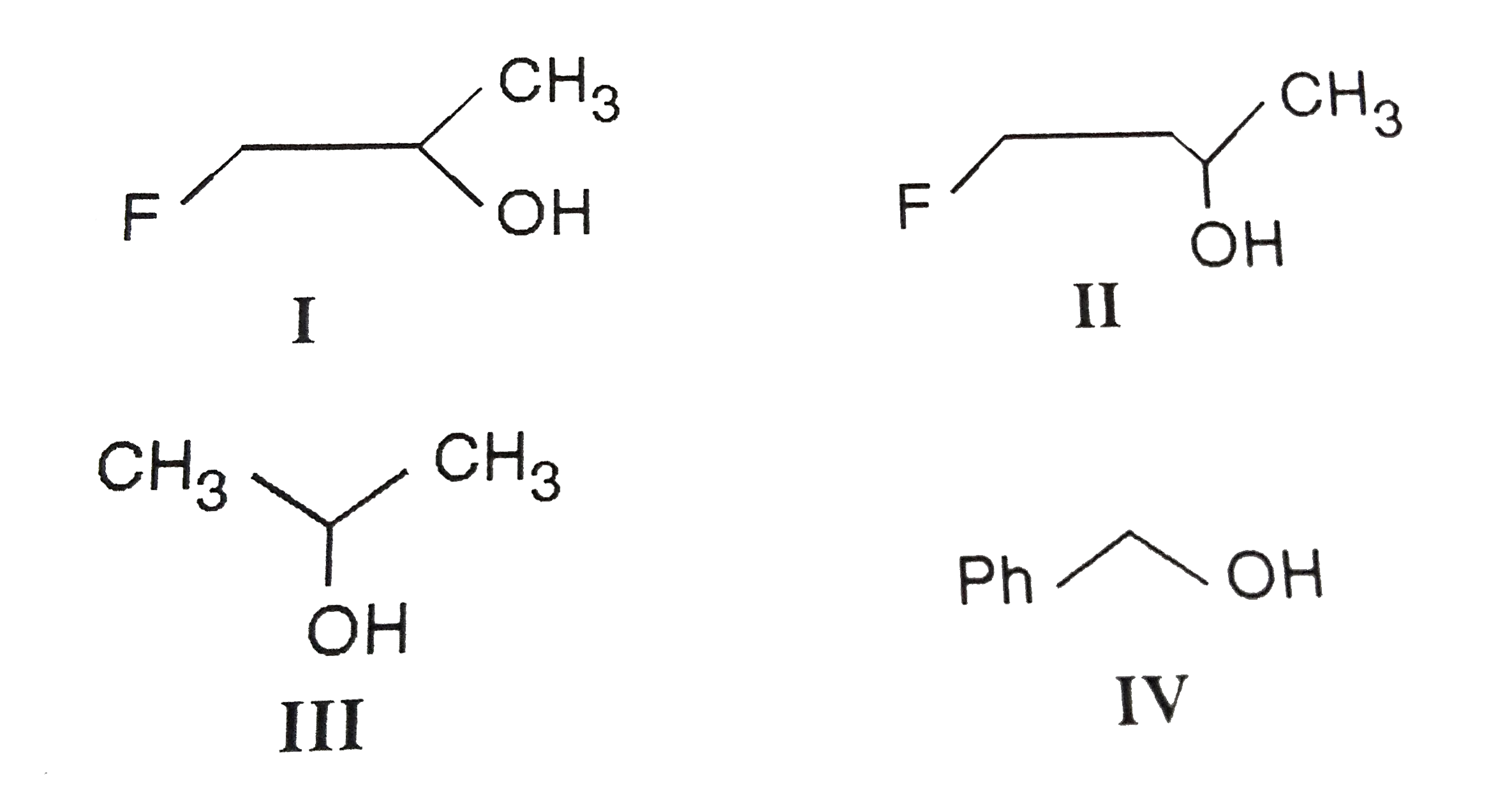
View SolutionThe reaction of

View SolutionAmong the following compounds, strongest acid is
View SolutionThe most unlikely representation of resonance structures of p-nitrophenoxide ion is
View Solution1-Propanol and 2-propanol can be best distinguished by
View SolutionIndentify the correct order of boiling points of the following compounds `underset(I)(CH_(3)CH_(2)CH_(2)OH)`, `underset(II)(CH_(3)CH_(2)CH_(2)CHO)`, `underset(III)(CH_(3)CH_(2)CH_(2)COOH)`
View SolutionEthyl ester `underset("excess")overset(CH_(3)MgBr)rarrP`. The product P is
View Solution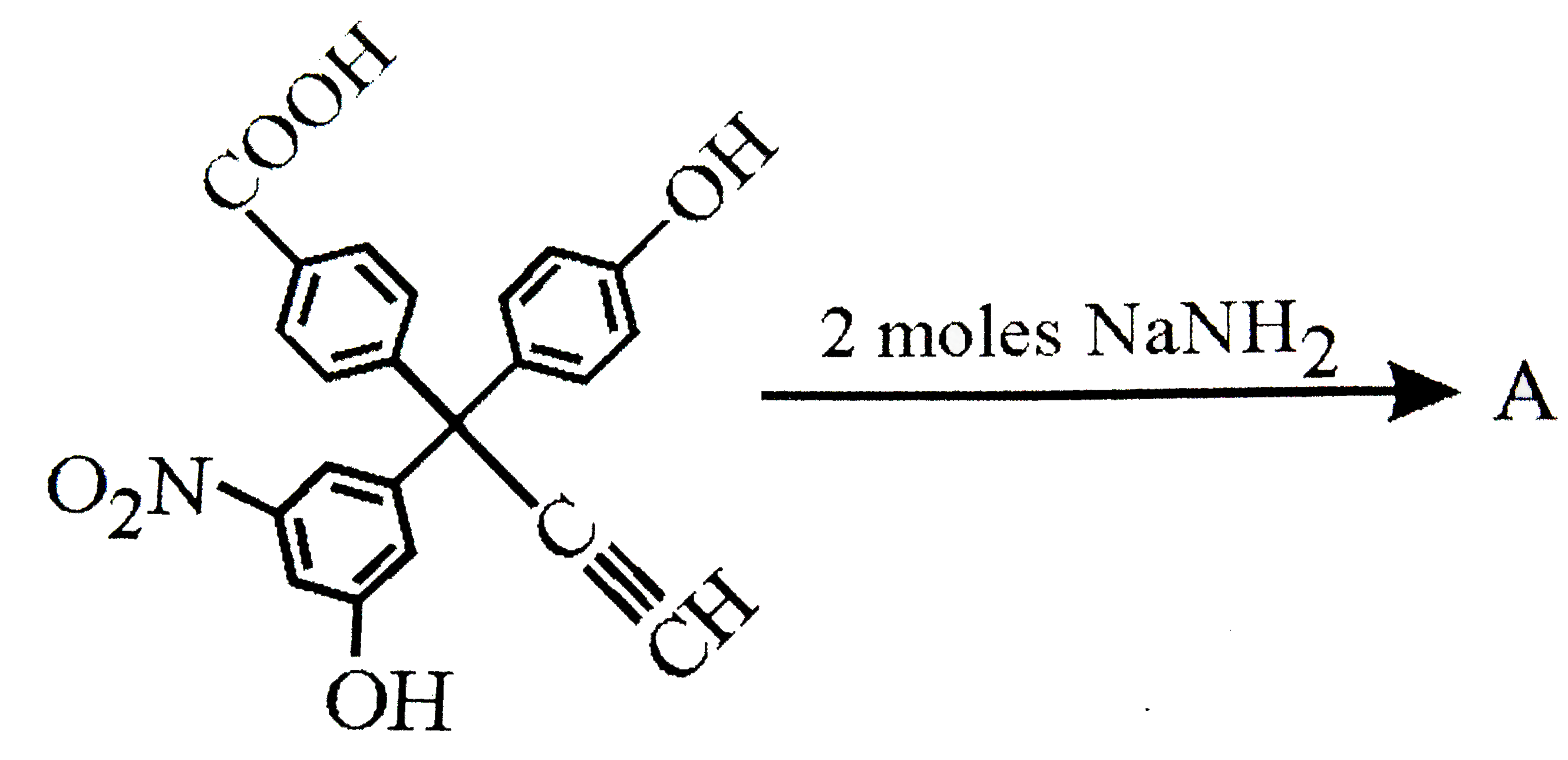
The product A will be
View Solution
How many structure of F is possible ?
View SolutionThe product of acid catalysed hydration of 2-phenylpropene is
View SolutionThe following compound on hydrolysis in aqueous acetone will give
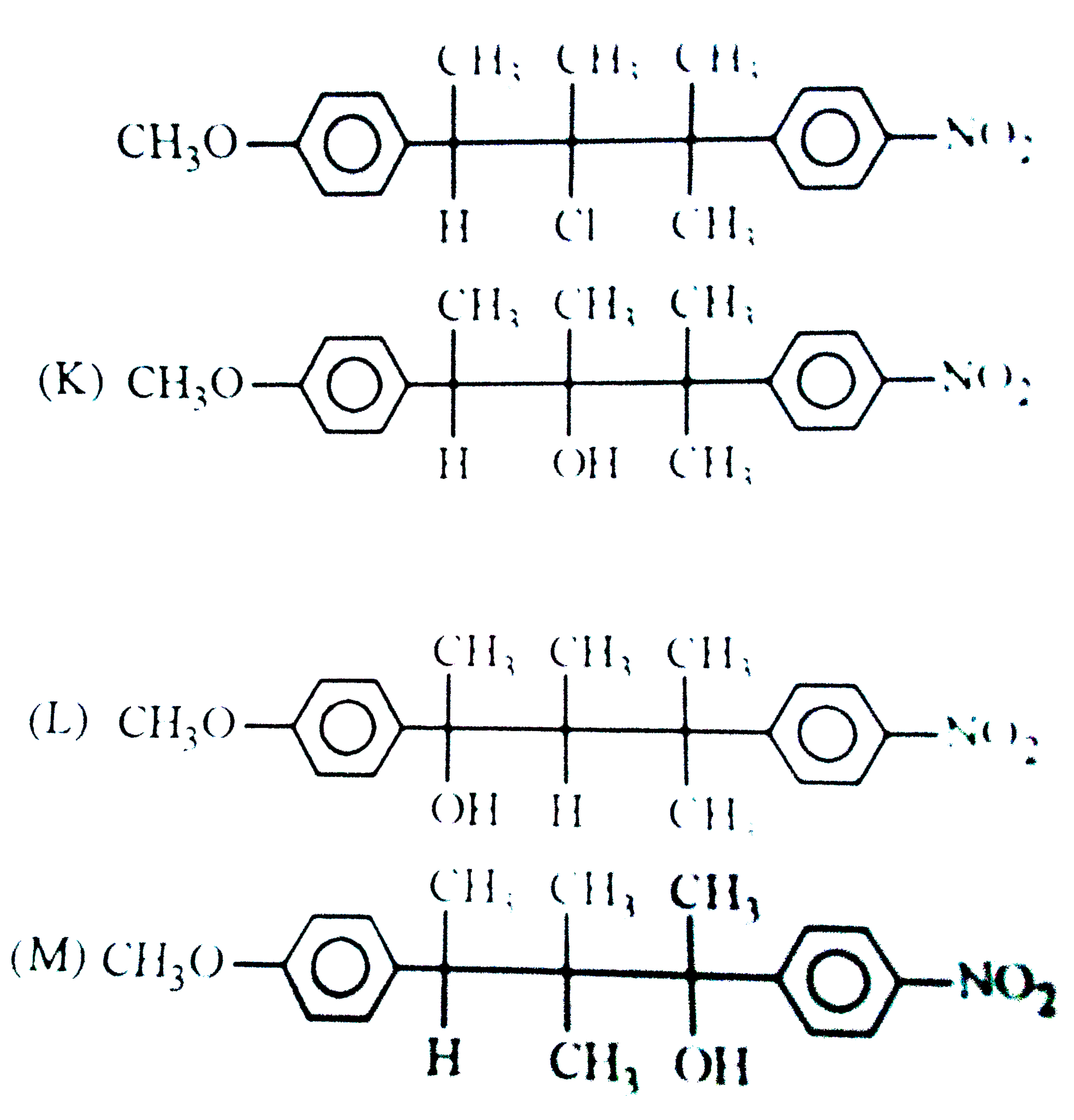
View Solution
The major products P and Q are
View SolutionThe general molecular formula which represents the homologous series of alkanols is
View SolutionEthylene oxide when treated with Grignard reagent yields.
View SolutionIsopropyl benzene on air oxidation on the presence of dilute acid gives
View SolutionPhenyl magnesium bromide reacts with methanol to give
View SolutionThe structure of the compound that gives a trobromo derivative on treatment with bromine water is
View Solution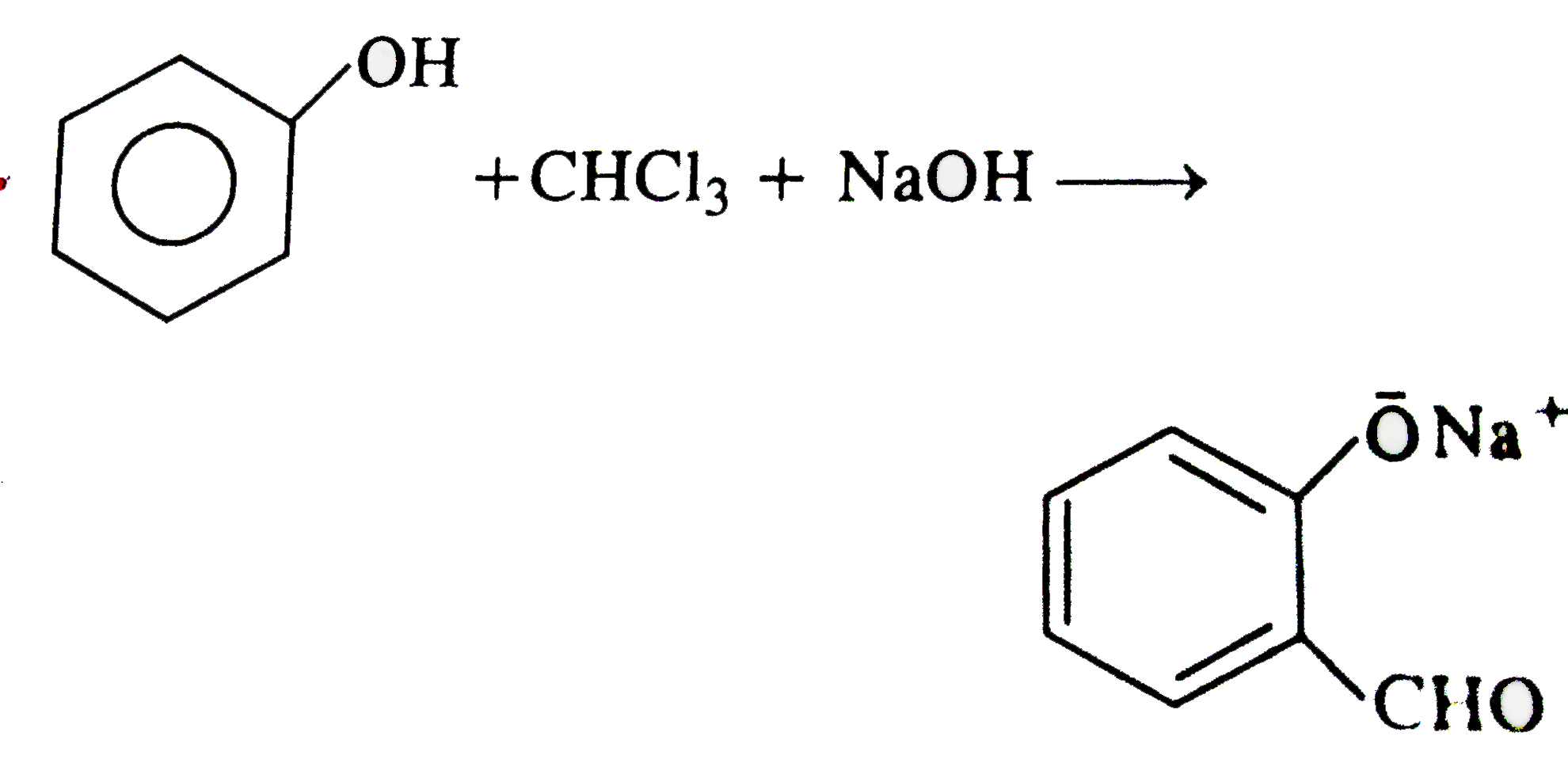
The electrophile involved in the above reaction is
View SolutionIn the following sequence of reaction
`CH_(3)CH_(2)OHoverset(P+I_(2))rarrA underset("ether")overset(Mg)rarrB overset(HCHO)rarrC overset(H_(2)O)rarrD`
The compound D is
View Solution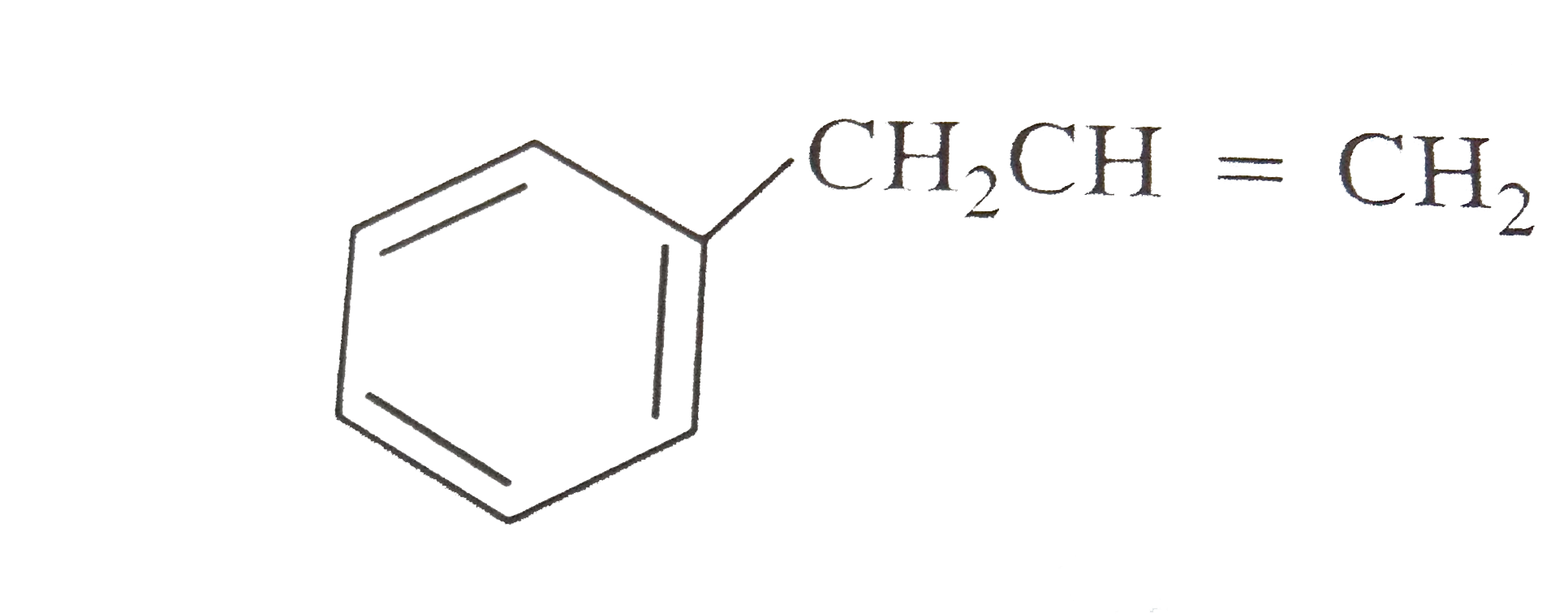
View SolutionPropene on hydroboration-oxidation produces
View SolutionPhenol when it first reacts with concentrated sulphuric acid and then with concentrated nitric acid gives
View SolutionThe correct acidity order of the following is
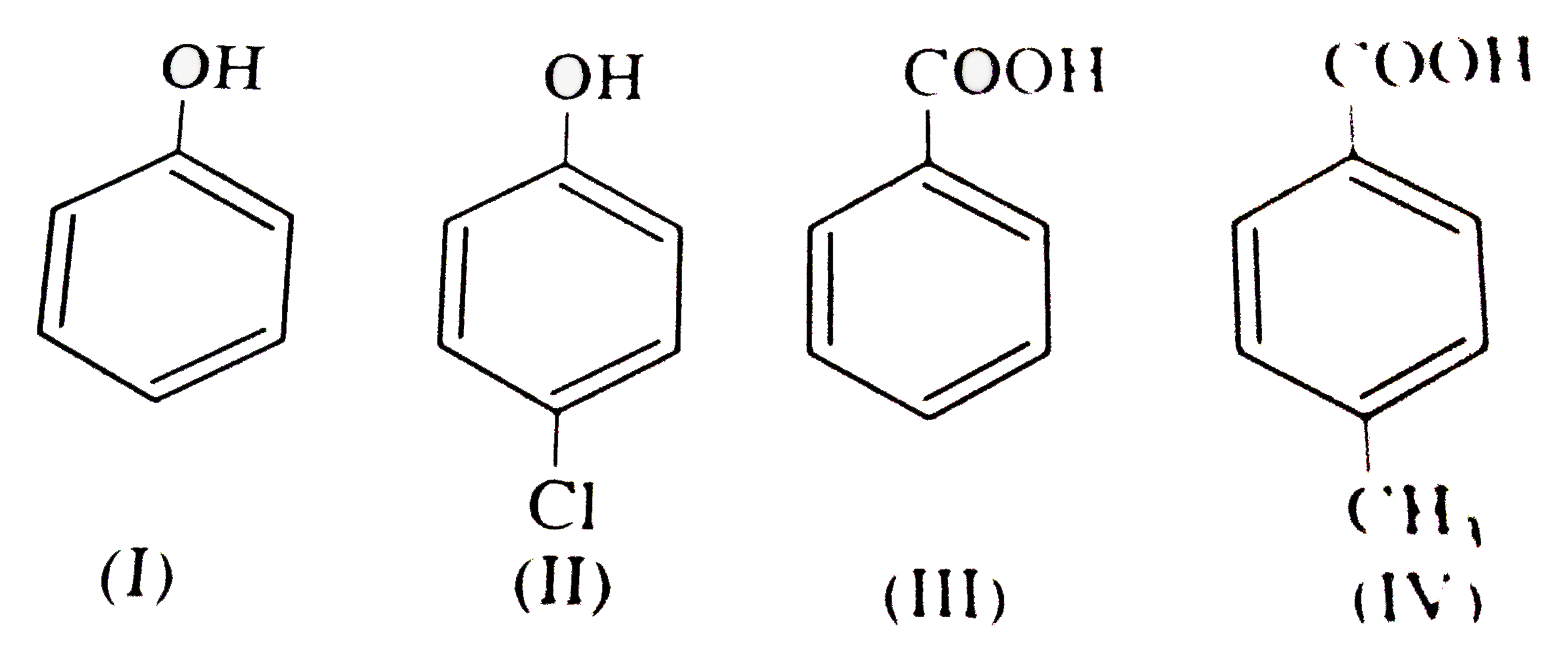
View Solution`H_(2)COH-CH_(2)OH` on heating with periodic acid gives
View SolutionConsider the following
`"Ethanol" overset(PBr_(3))rarr X overset("alc.KOH")rarr underset((i) "Heat")overset((i) H_(2)SO_(4) "at room temp.")rarrZ`
The product Z is
View SolutionThe main product of the following reaction is
`C_(6)H_(5)CH(OH)CH(CH_(3))_(2) overset(conc. H_(2)SO_(4))rarr`
View SolutionWhich one is most reactive towards electrophilic reagent
View SolutionWhich one of the following compounds has the most acidic nature?
View Solution
Selected Straight Objective Type MCQs questions and complete solutions for chapter ALCOHOLS AND PHENOLS of S DINESH & CO CHEMISTRY (HINGLISH) of Class 11